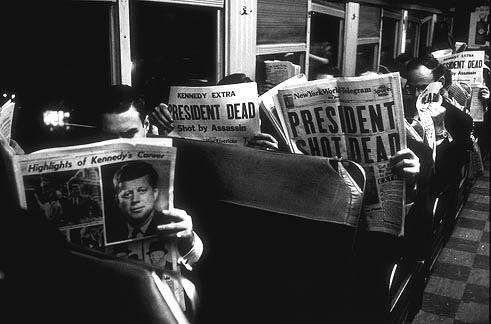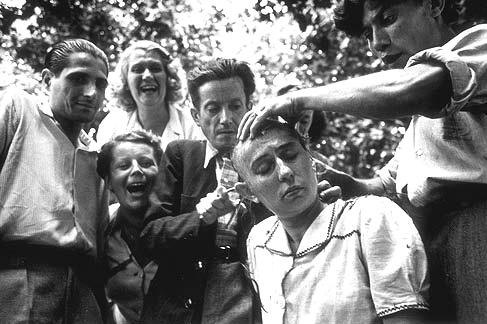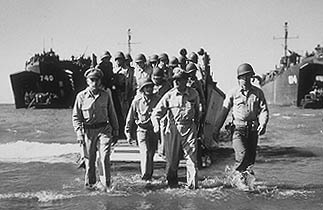
Adrian Dennis / AFP - Getty Images

Amy Sancetta / AP

Adrian Dennis / AFP - Getty Images

Mladen Antonov / AFP - Getty Images

Filippo Monteforte / EPA via Sipa Press

Yannis Behrakis / Reuters

Adam Pretty / Getty Images
fotografia do Gr. phôs, photós, luz + graph, r. de graphein, desenhar s. f., arte de fixar numa chapa sensível, por meio da luz, a imagem dos objectos; fig., cópia fiel; retrato; Arma; Testemunha;















































